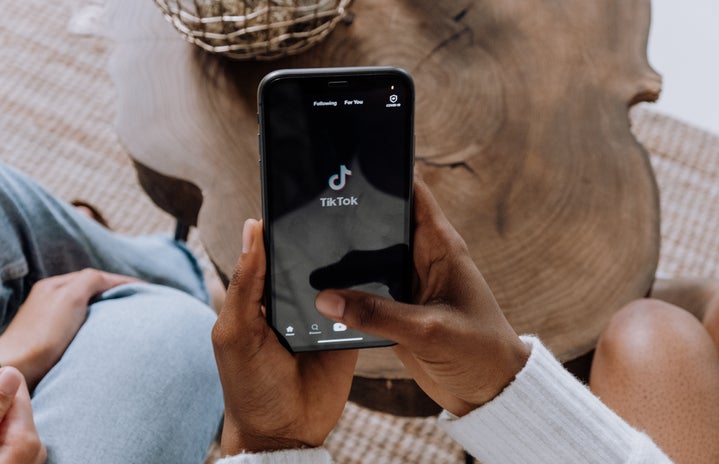Followers of pop culture remember the public breakdowns of Brittany Spears, Kanye West and Amanda Bynes in the early 2000s. Until recently, this type of representation for mental illness was not uncommon.
The media shaped mental illness to be an immovable extreme.
This began to change as social media usage increased across the nation. People started to upload content about their daily life for the world to see.
These conversations made great strides for normalizing the presence of mental illness, but have they gone too far?
Internet phenomenon Emma Chamberlain was one of the first to showcase how mental illness plays out in her routines. On her podcast she details her days spent in bed after spouts of burnout and her aversion to therapy stemming from her parents divorce.
Madeline Argy, a member of the “Unwell” network, also utilizes social media to speak on mental illness. Her podcast “Pretty Lonesome” details her lifelong battle with anxiety and how it influences her relationships.
Both Chamberlain and Argy managed to create a brand off of their respective mental illnesses. However, their brands remove a key aspect of their personas which brought them to fame in the first place.
The element of “realness” that came with vocalizing symptoms of depression and anxiety disappears when those aspects are commodified. Now, these attempts to portray the reality of mental illness simply serve to romanticize it.
These influencers must maintain the persona of a person suffering from depression or anxiety in order to keep up their image. Consistent posts of messy bedrooms and tearstained eyes perpetuate the stigma that mental illness is incurable. The consistent notion of incurability promotes ineffective coping habits in impressionable young girls.
Conversations surrounding mental health on the internet have also been known to lead to self diagnosis. Influencers sharing their symptoms online in a quick video leads viewers to come to conclusions about their own health which may or may not be true.
However, this imperfect persona may provide comfort for individuals who lead similar lives.
For viewers who are diagnosed with mental health disorders, content like Chamberlain and Argy’s can provide comfort. Fans who share habits with these successful young women may experience reduced guilt or isolation which comes with certain mental illnesses.
Exposing the less glamorous side of internet fame also helps to break the false gaze of perfection that the media promotes. Amidst highly curated posts from models and superstars, photos of junk food and messy hair can be a breath of fresh air.
Influencers’ portrayal of routine mental illness also introduces the spectrum of mental health to the media. Rather than filling headlines with solely extreme cases, daily vlogs or weekly podcasts help to buffer the news with more mild instances.
Relatability, imperfection and routine care balance the issues — romanticization, promoting stigmas, and self-diagnosis — that come with internet stars sharing their mental struggles.
All in all, mentally ill influencers both help and hinder stigmas of mental illness. While consuming their content, it’s important to keep in mind their consequences along with their benefits.

